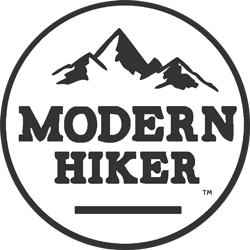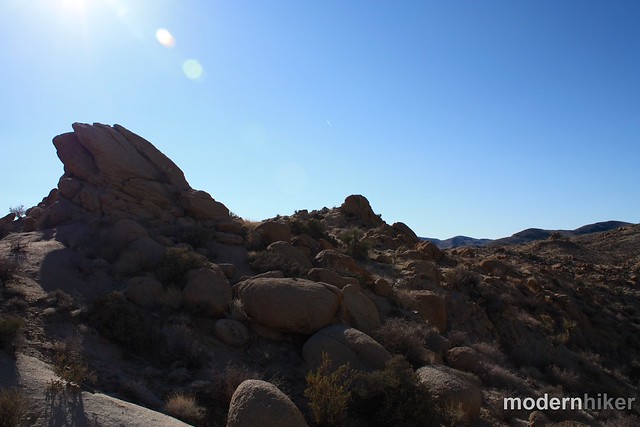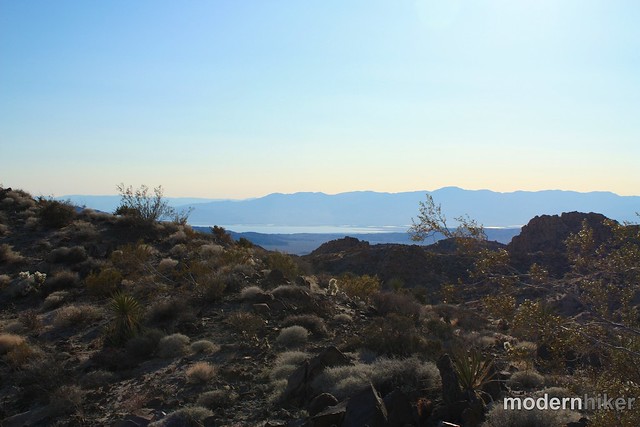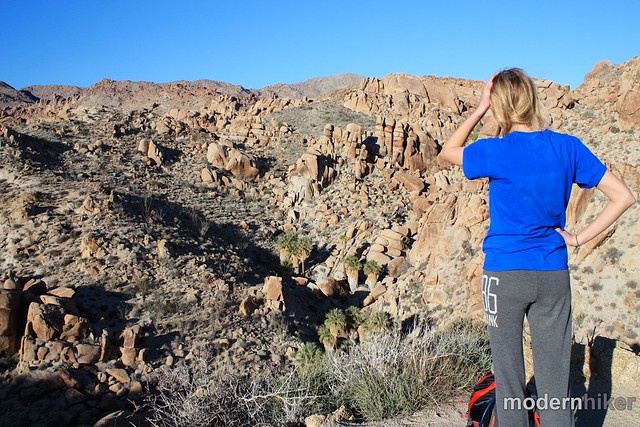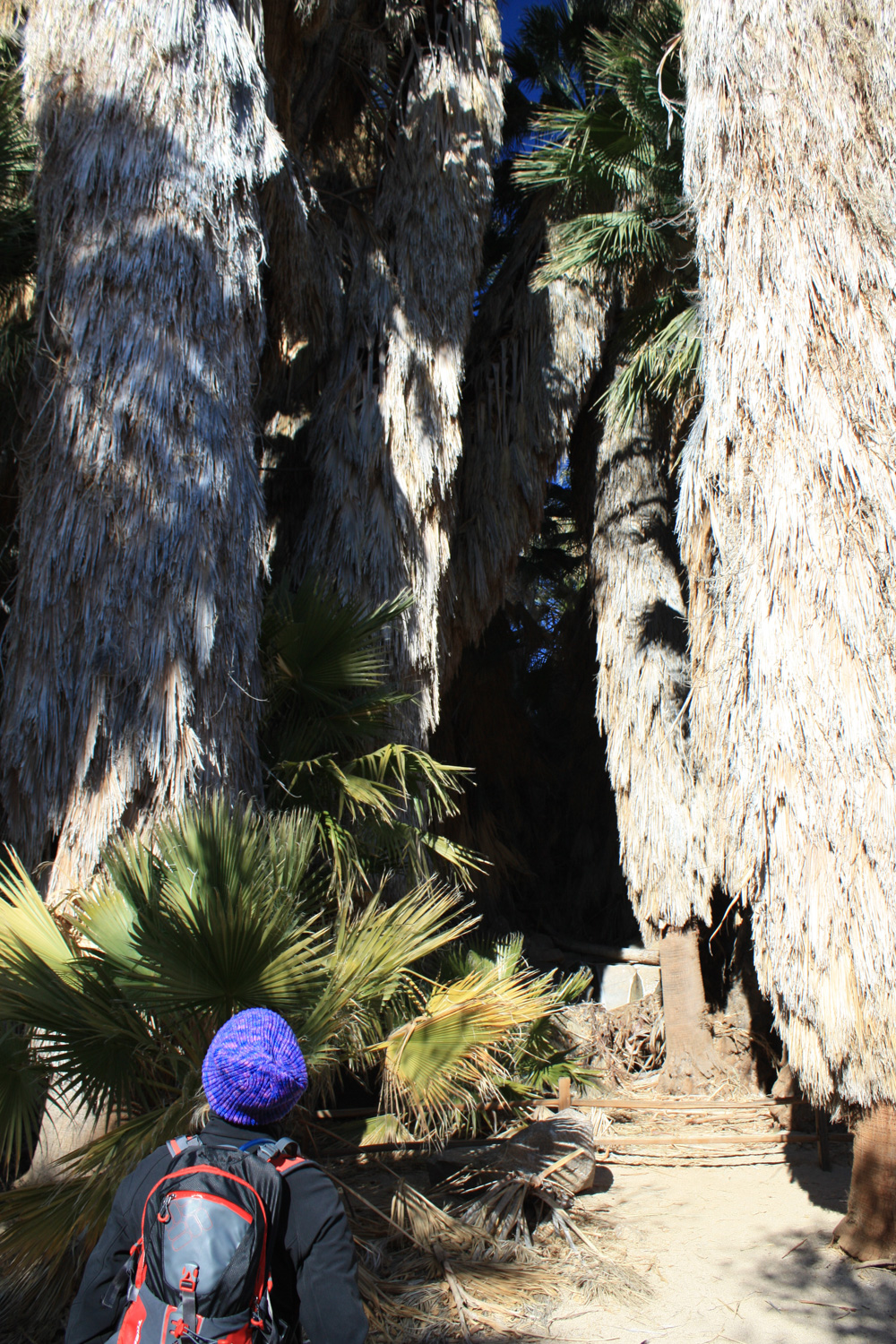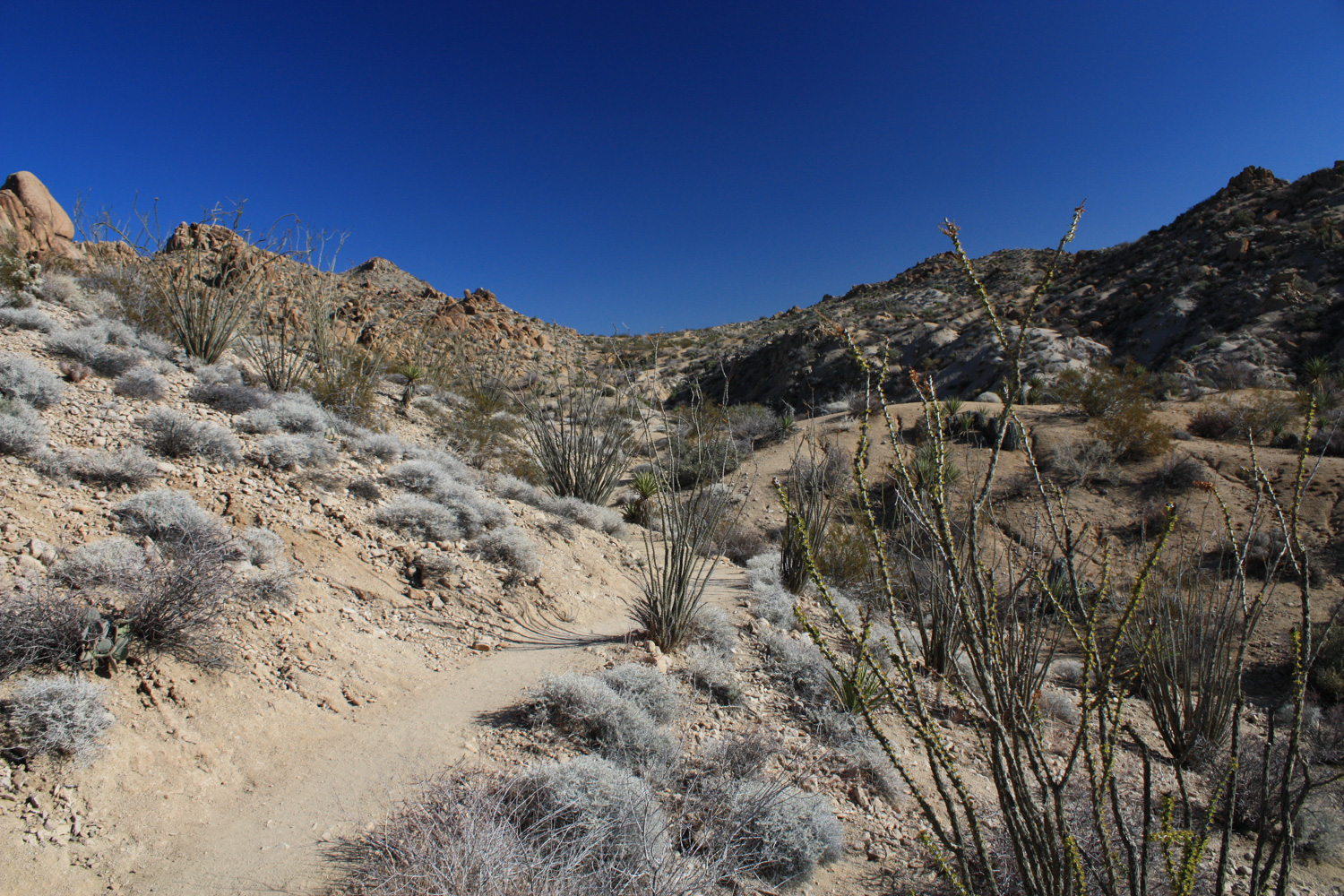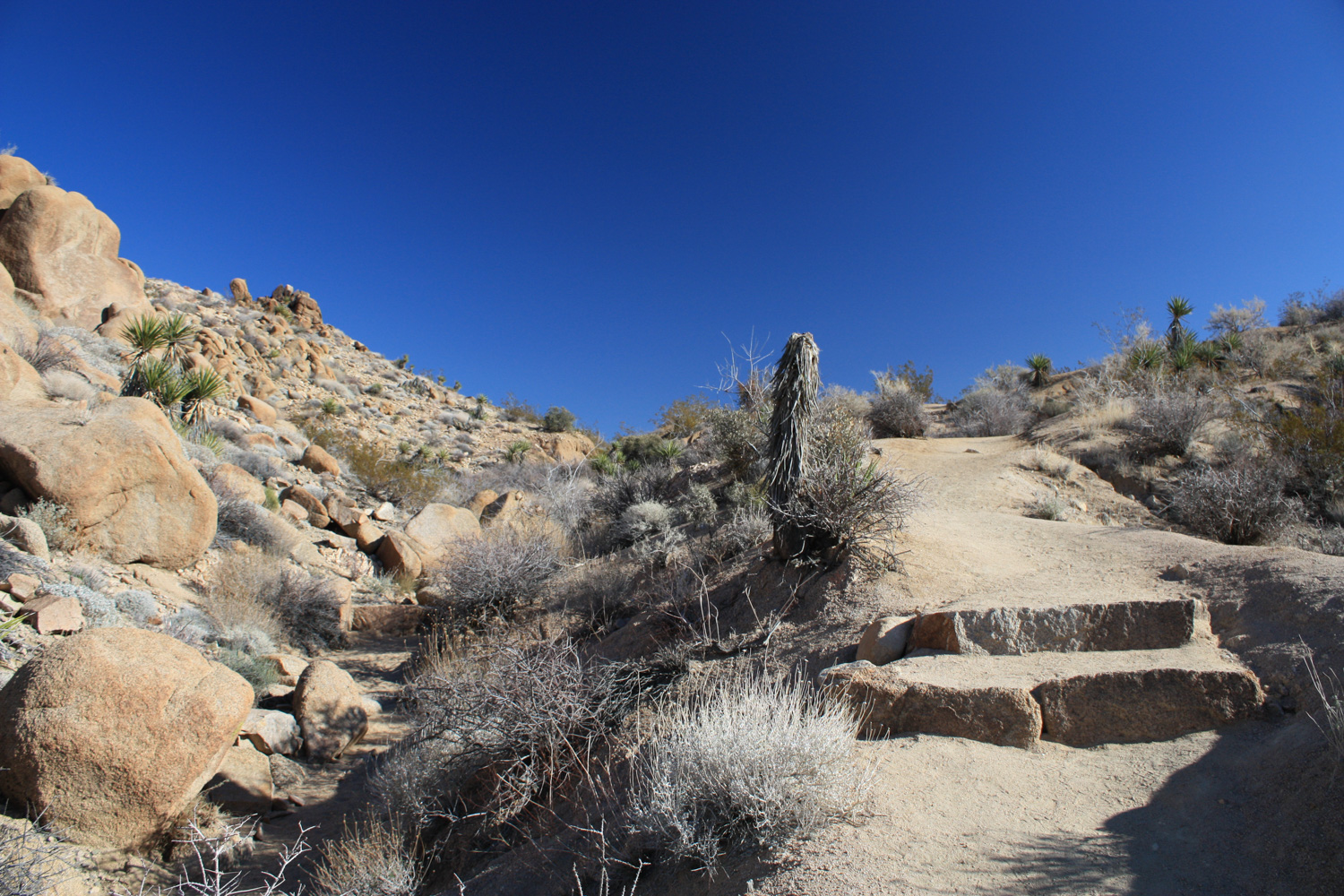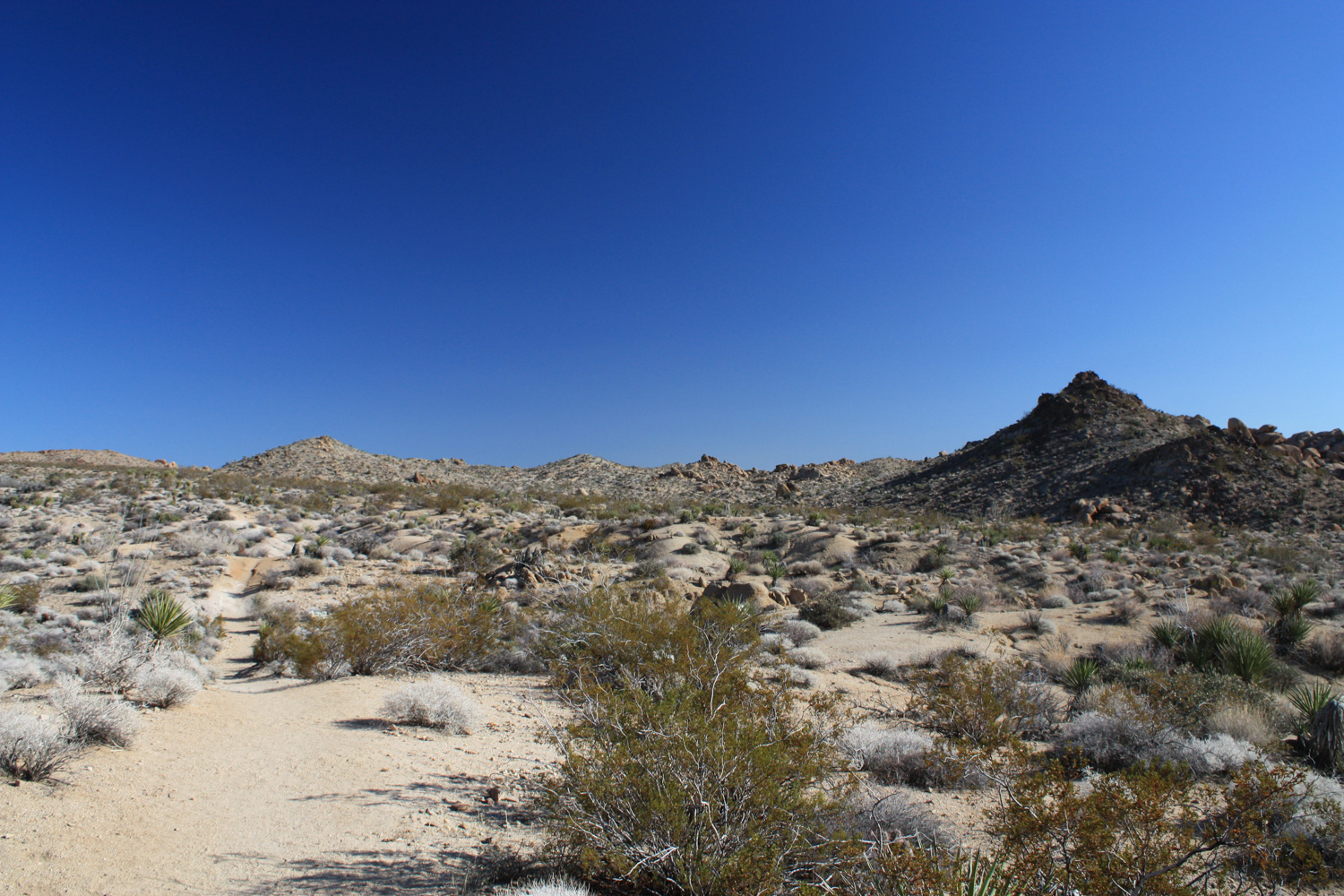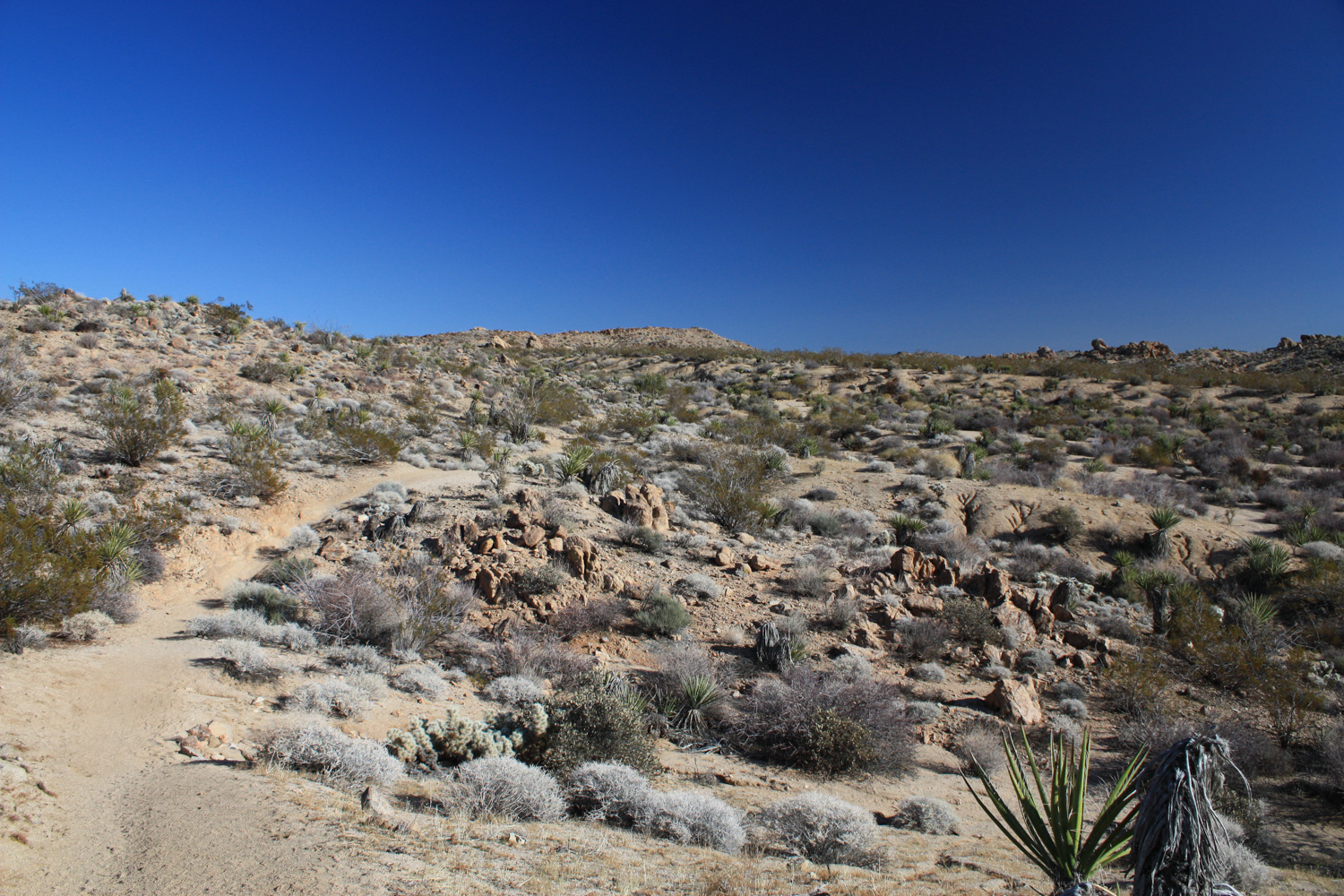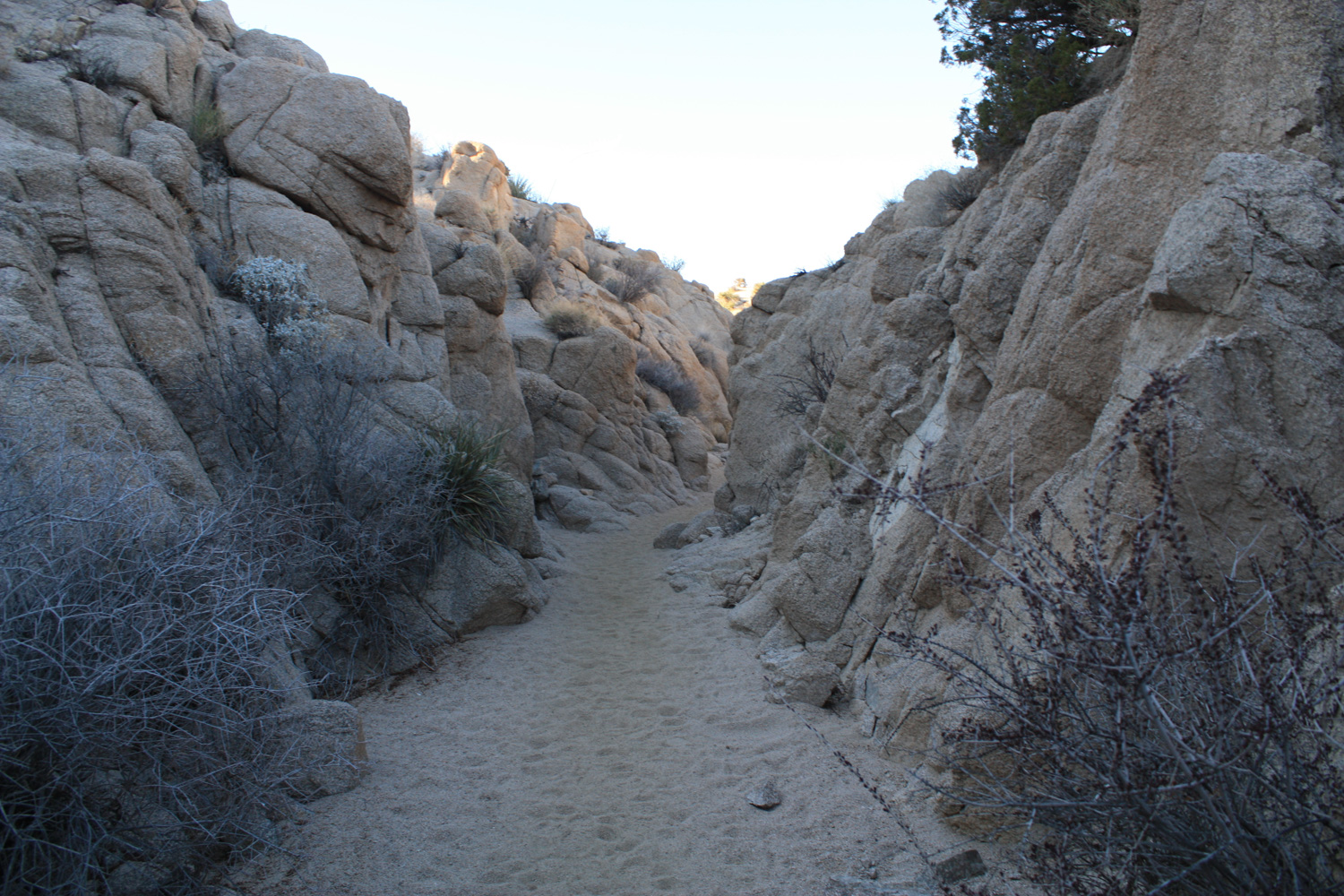Lost Palms Oasis is a moderately difficult 7 mile hike to an overlook featuring the highest concentration of native California Fan Palms in Joshua Tree National Park. There are great views of the oasis, nearby peaks, and the Salton Sea to the south, as well as opportunities to extend the route to include Mastodon Peak and a strenuous scramble down into the oasis itself. Backcountry camping is permitted here, and the oasis is a perfect place to try to spot some bighorn sheep and other wildlife in the morning. This is an especially incredible trip in the spring, when wildflower blooms can fill these lower elevations inside the park.
Here’s a dirty little secret about Southern California. You know all those iconic palm trees lining the Boulevards and beaches? The tree that most often springs to mind first when you picture L.A.? None of them are from here.
Almost all of those palm trees were planted as part of a massive effort in the 30s to curb unemployment and only one type of palm tree is actually native to the region – the California fan palm.
The fan palm grows tucked away in canyons in the low Colorado Desert, where mountain springs create small oases. Anza-Borrego’s Palm Canyon is a great example, but Joshua Tree’s Lost Palms Oasis is much more impressive one (nearby Munsen Canyon actually has more palms, but the palms in Lost Palms Oasis are at a higher concentration).
The trailhead is just past the road to the popular Cottonwood Campground, right near the park’s southern entrance. Park at the small cul-de-sac and walk down the small concrete staircase into the Cottonwood Spring Oasis (if you plan on backcountry camping here, be sure to register at the trailhead first!).
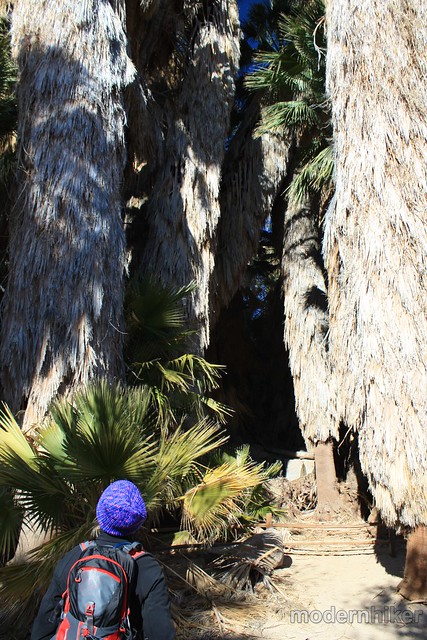
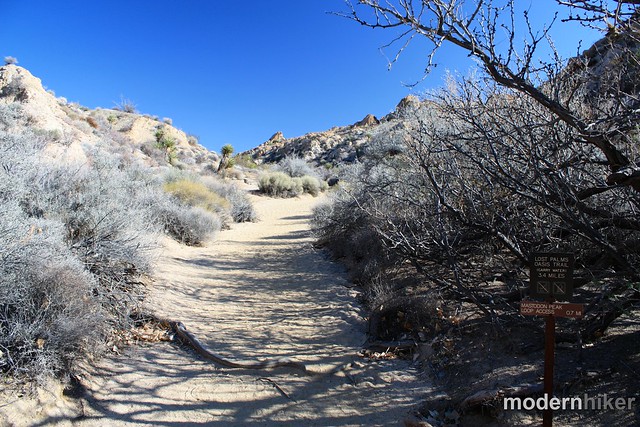

The trail does have its share of ups and downs and there are a few moderately strenuous areas but if you’re hiking during the cooler months and have plenty of water you shouldn’t have any trouble. Enjoy the scenery and environment of the low desert – the plants and animals you see here will most likely be entirely different than the ones you’ll see on the western / northern parts of the park. Like ocotillo cacti!
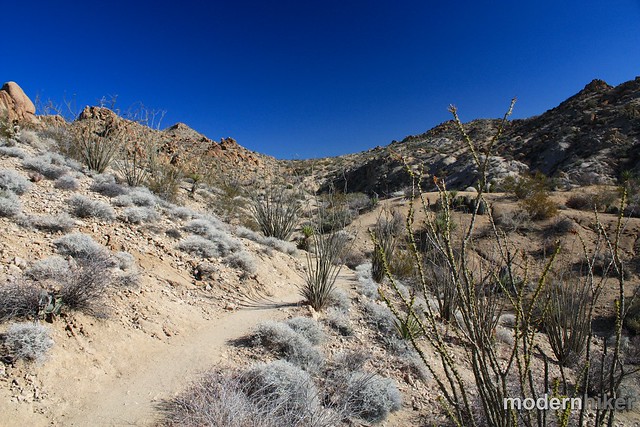
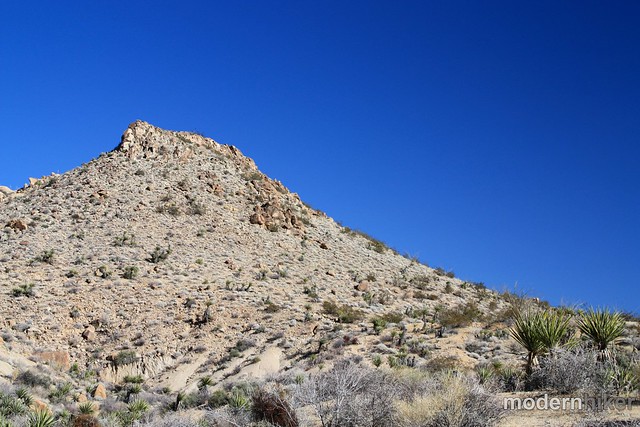
The trail here is extremely straightforward. You’re basically making a bee-line to the southeast, climbing over boulder piles and dipping into desert washes. If you’re not a big fan of the desert, you may think this route a little tedious and boring – but pay attention and you’ll spot different types of cacti, note subtle differences in the surrounding mountains, and maybe even catch a glimpse of the nearby Salton Sea.
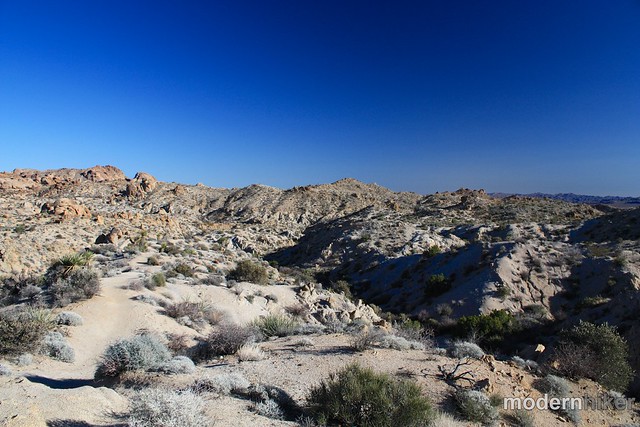
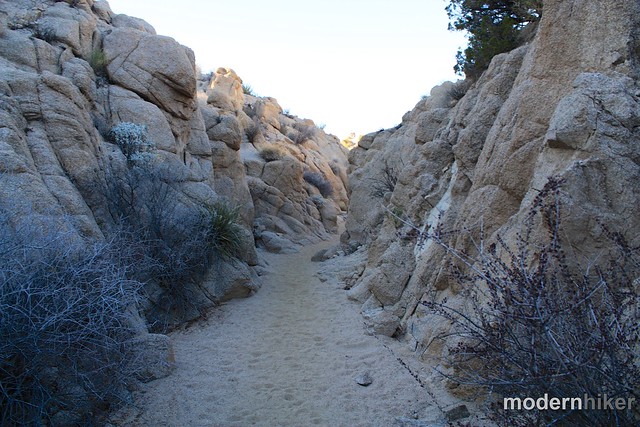
The extremely well-signed trail continues climbing, then makes a sharp drop onto a flat plateau just above the Lost Palms Oasis.
From here, you’ll be able to see further southeast into the canyon, Lost Palms Oasis directly below you, and the oasis at Dike Springs just to the north. The palms are pretty huge, even from your distant viewpoint, and definitely impressive.
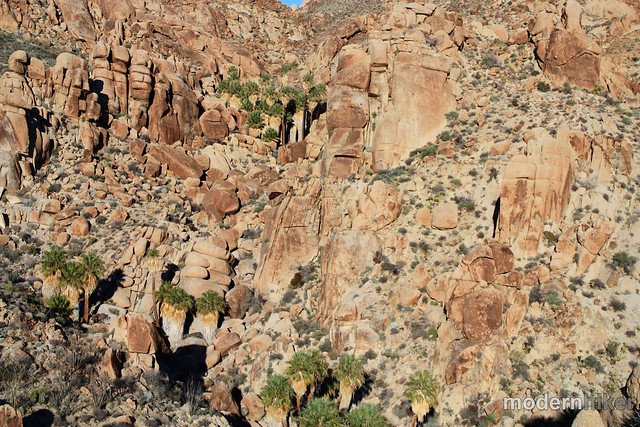
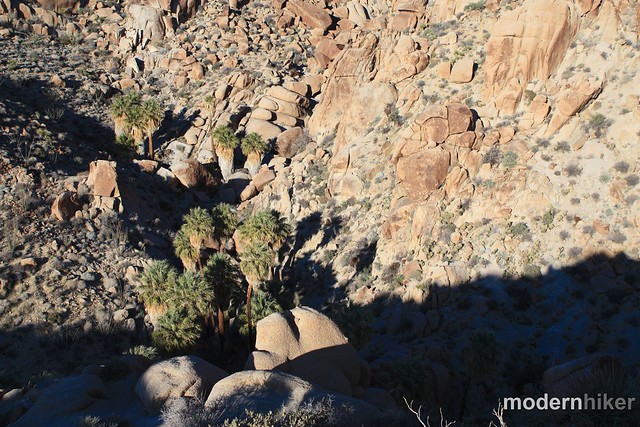
From the overlook, there is a small, strenuous use-trail you can use to scramble and boulder-hop down into the Lost Palms Oasis itself. From there, you can continue scrambling and climbing north into the Dike Springs oasis, or continue south in the canyon on a faint use-trail toward Victory Palms, an isolated duo of palm trees about a mile away.
If you’re not comfortable with the scrambling or are just pressed for time, soak in the views of the oases from the overlook, then return back to the trailhead the way you came in.
Tags: Camping, cottonwood, Hiking, Joshua Tree National Park, Los Angeles, lost palms oasis, native palms, oasis, palm springs, southern california
